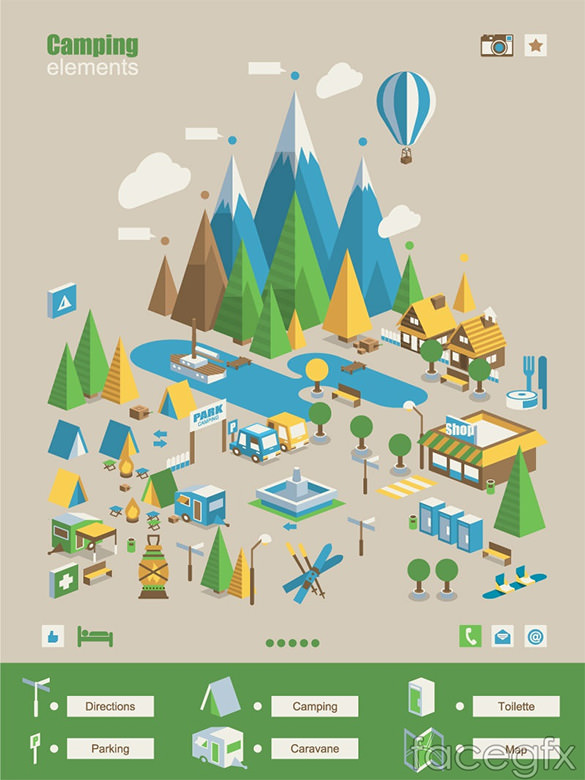Angles play an essential role in building. They affect stability, stamina, functionality, and even appearances. Contractors utilize various types of angles for frameworks, structures, construction materials, and extra.
From renowned bridges like the Golden Gate Bridge to day-to-day industrial warehouses, steel angle bars are an essential part of numerous metal frameworks. Their toughness and stamina make them an ideal product for supporting hefty tons and withstanding ecological difficulties.
Toughness
In the building industry, 90 level angles are important for maintaining structures solid and steady. They can be found in lots of projects, consisting of foundations and architectural frameworks. They additionally assist disperse the weight of a building equally and avoid shifts or splitting.
In commercial structures, steel angle is often made use of to connect or enhance metal stud framework. Its durability indicates it can withstand hefty loads and last for many years, making it a popular option in commercial workshops.
Furthermore, the convenience of steel angle allows it to match a variety of architectural layouts. This adaptability is boosted by its wide variety of sizes and thicknesses, which permit architects and engineers to tailor their structures. Spherical edges also minimize stress concentrations and boost buckling stamina, specifically in end-notched beams. This enables them to be included into larger frameworks, like roof trusses, without jeopardizing their honesty. The synthesis of robust strength and versatility makes steel angle an invaluable possession for building huge, complex building frameworks.
Longevity
Structural stability is vital to the long life of windows and doors, guaranteeing that they can hold up against environmental tensions gradually. Making use of welds and company joints, along with strengthened edges, aids decrease the risk of failure and decreases upkeep prices.
The 90 level angle is a staple in construction projects due to its capability to supply security and toughness. However, engineers also utilize other kinds of angles in their styles to attain details purposes. For example, curved inside corners increase structural stability in stone structures by distributing tension uniformly.
Various other applications of the L-angle consist of developing bordering and yard and landscape components. The toughness of these items permits them to hold up against the components and develop specified borders in yards and sidewalks. They are additionally an eye-catching choice to bulkier products and can enhance the all-natural forms of outside areas. Finally, the toughness of steel angle sustains eco-friendly building methods by reducing resource canvas pouch consumption and extending the life of buildings.
Adaptability
The appropriate angle is a critical item in the framework of lots of all-natural and manufactured structures. The right angles are found in squares, rectangular shapes and triangulars and assist the shapes hold their stamina and stability. Designers rely upon the appropriate angle to develop and create buildings, bridges and other frameworks.
Adaptability is the capability to move one or more joints through a series of movement without injury. Unlike more general or systemic health and fitness parts, versatility is highly specific to specific joints and might vary considerably in between people. This makes it challenging to establish an organization in between a particular flexibility examination and health and wellness results in youth.
This phase provides an overview of what is presently understood about the connection between adaptable motions and health end results in young people. It discusses physiology that underlies the partnership in between flexibility and wellness, and examines typically made use of versatility tests. The phase also examines the staminas and limitations of existing information concerning these relationships.
Appearances
Whether you utilize an edge for a shelf or as a spot to show your collection, the angle shapes just how it's perceived. Contours evoke soft qualities and approachability while angles bring framework and energy. When utilized together, rounded and angular designs produce a harmonious equilibrium that feels contemporary and sophisticated.
Scientific research study demonstrates that people prefer rounded edges, even when they're not knowingly aware of it. They're much easier on the eyes and reduce stress and anxiety by decreasing cortisol degrees in the brain. Scientists believe this is because sharp angles activate the amygdala, triggering a danger feedback similar to that of thorns or claws.
Spherical shapes are likewise a trend in interior design, and they're anticipated to continue to control the electronic world. Anticipate squircles and waved edges to end up being much more prominent in UI/UX and in home design, along with AI-driven tools that maximize corners based upon user habits (16 ). In the future, they'll offer security while maintaining beauty, elegance and approachability.
